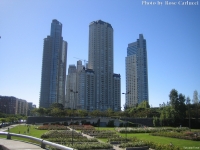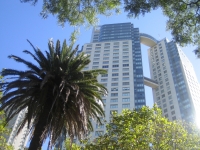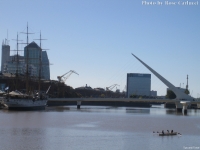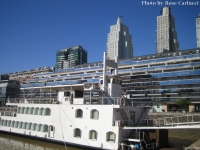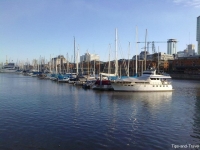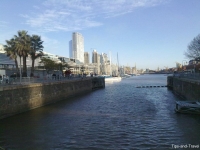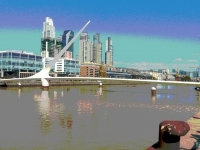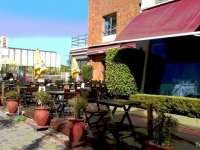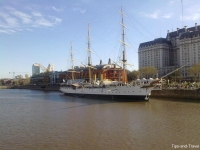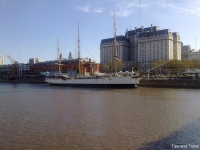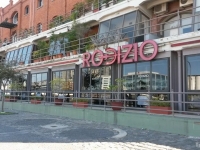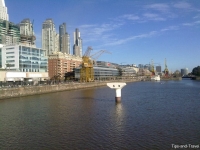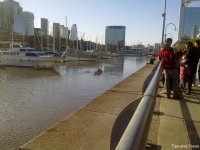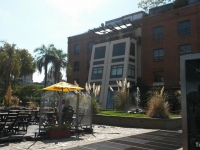Puerto Madero is the youngest area of the city of Buenos Aires. Its location close to the city center, the major expansion of its surface and its view of the La Plata River makes this area one of the most special and loved of the city. It is named after Eduardo Madero, shopkeeper in town who presented three port projects, the last of which was approved by the then president of Argentina (1882) Julio Argentino Roca. Unfortunately, 10 years after its construction it was already obsolete because of the size of the time boats, so the industry went into decline and became one of the most degraded areas of the capital. In 1989 the Puerto Madero Old Corporation had the agreement to deal with the sector to develop a new neighborhood. They traced the streets, avenues, they created the parks, squares, they installed the monuments and restored the existing historical infrastructure. There was the construction of cultural centers and many offices and family homes settled there. Restaurants, a university and the sports field of the National College completed the new sector. Numerous towers were built in a second time raising real estate prices to the point that Puerto Madero has become the most expensive neighborhood in the capital. The Woman’s Bridge also beautifies the area. Hotels (3 five-star) and other stores were added to the project also making it a very touristy area. In the district there is also the Costanera Sur Ecological Reserve (located on land reclaimed from the river La Plata) which is covered with native vegetation.
Tips
The area is the ideal place to spend a day full to walk around, especially enjoy the famous Argentinian beef with good Argentinian wine in a restaurant on the harbor promenade, as a sweet end, have an artisanal ice cream in one of its dairies and also enjoy visiting the first Argentine training ship; the frigate Presidente Sarmiento who is currently a museum.
You will also find street posts where to buy a meat or sausage sandwich with a drink on the way to the ecological reserve.
